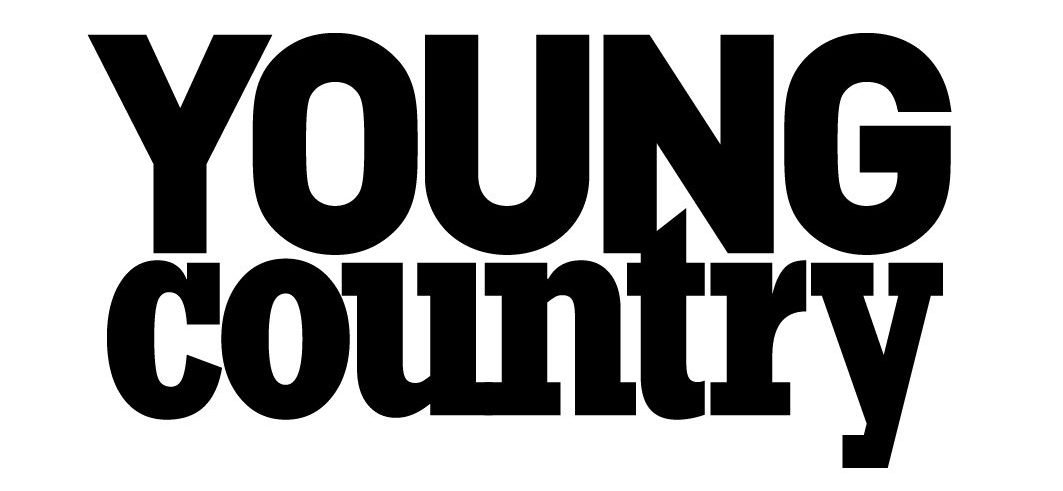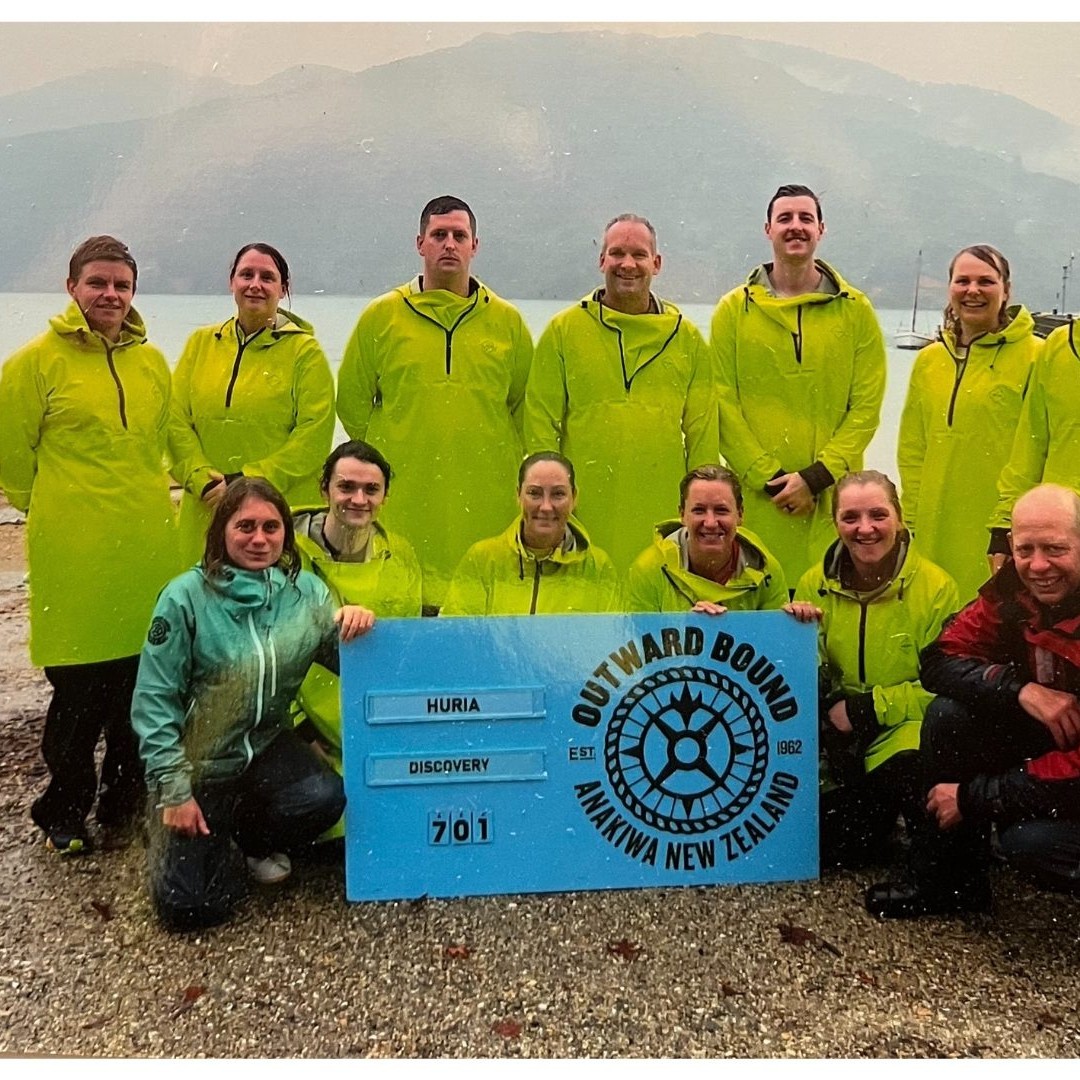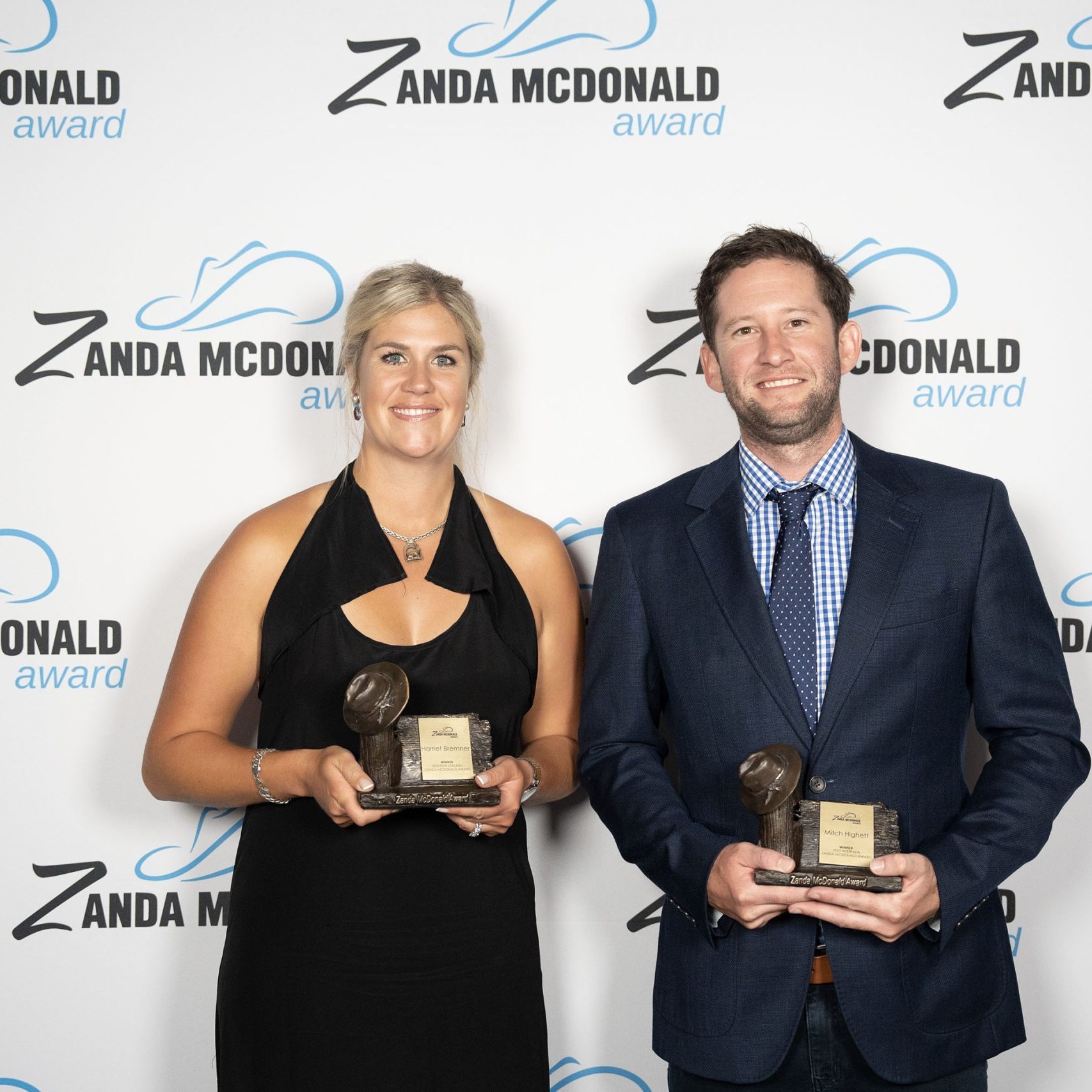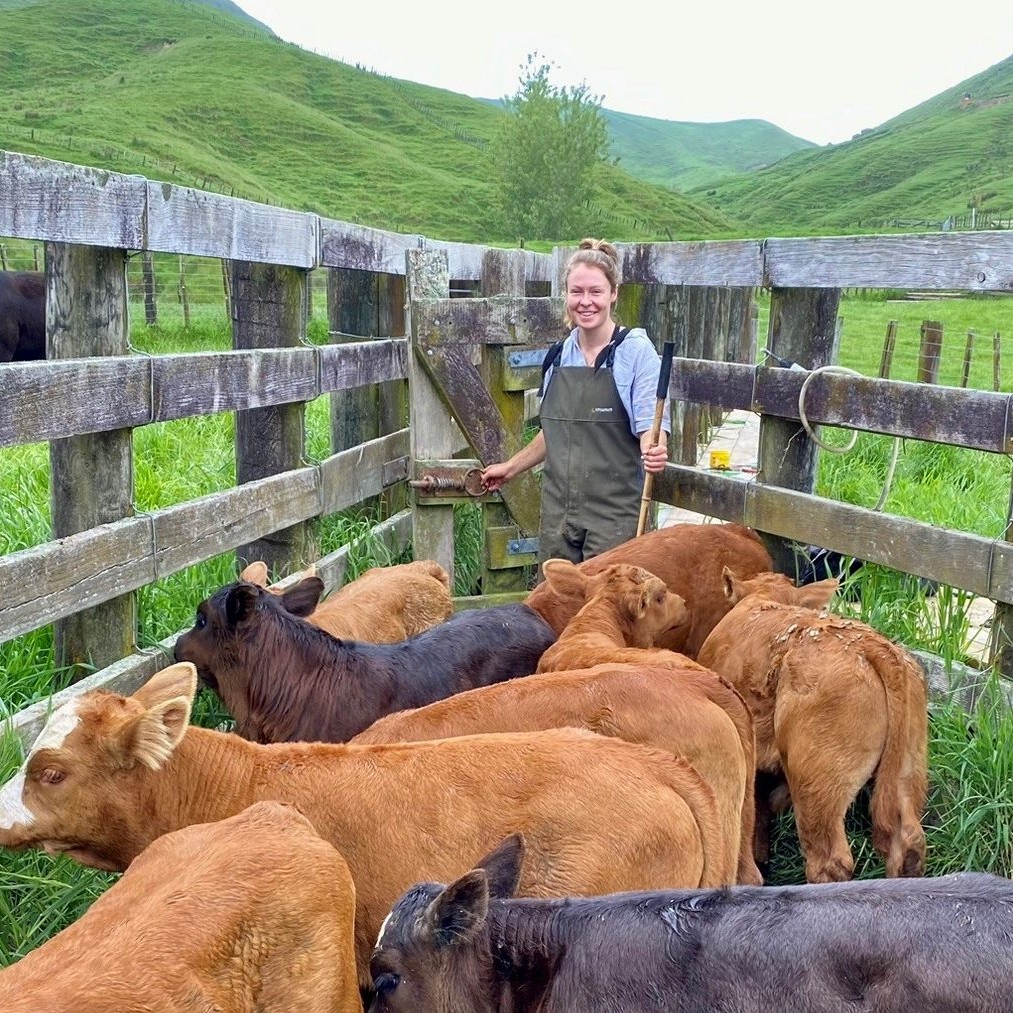Jackie Harrigan
 Tom Hartmann from the Sorted. co.nz website urged young dairy farmers at the Bright SIDE conference to take time to tune up their financial performance as a start point to getting ahead financially.
Tom Hartmann from the Sorted. co.nz website urged young dairy farmers at the Bright SIDE conference to take time to tune up their financial performance as a start point to getting ahead financially.
“Take time to get more out of your dollars,” Hartmann said.
Six steps to get ahead financially:
- Start your safety net:
- Everyone needs a savings buffer in case of emergencies – illness, job loss, car breakdown, family crisis. Hartmann suggested a nest egg of $1,000 to start with.
- Get your KiwiSaver settings right
- Make sure you are putting in at least $20 per week to claim the government contribution of 50c for each dollar you put in. That’s the best interest rate you will ever get from the government – 50 cents for each dollar up to $1043 each year. (This $521 each year could compound to be $36,000 over the life of your Kiwisaver, Hartmann says.)
Putting 3% into your KiwiSaver means your employer will also contribute – it’s just like a 3% pay rise that you keep until your retire.
Check on your settings – if you are young and saving for retirement you will be wanting to be in a High Growth fund to maximise returns with a long-time frame, and a short-term downturn in the market will not worry you. Make sure you are paying the correct tax rate on your fund, and check out the right fund for you at sorted.org.nz/get-sorted/get-your-kiwisaver-settings-right/.
Consider lifting your contributions: 6%, 8% 10%. But remember that that money will stay in KiwiSaver until you are retirement age – if you are saving for a farming business opportunity, consider just putting in the minimum and saving outside KiwiSaver for the lump sum you will need to go contract milking or to buy stock.
Currently you can take money out of Kiwisaver to buy your first home, but the rules state you have to live in it – so it doesn’t suit many farmworkers who have accommodation onfarm as part of their remuneration. Neither does it help them use their Kiwisaver nest egg to kickstart their farming business – that would take a change of policy from the Government.
Start tackling any debt you have
Hartmann says debt is “like spending your future money ahead of time and that it drags you down”. Work out how much you owe when you add all your debts together and then start getting rid of them.
Hartmann says there are two ways to approach paying down your debt – and maintaining traction to get rid of it all. The Snowball method sees you tackling the smallest debts first, so you get motivation from seeing debts disappear. The Avalanche method means you pay off the debt with the highest interest rate first, this is the quickest and cheapest way out of debt.
Sorting some insurance
Hartmann says you should cover three things – people, $$$ and stuff. If you have kids, get life insurance. Cover your $$ – get at least third party insurance for your cars and income protection insurance if you are the only breadwinner. Cover your stuff – house and contents and car insurance cover you from theft, fire, water damage and loss.
Run your retirement numbers
What is the gap going to be between the amount you would receive from national superannuation and the amount you need to live on in retirement? How will you fill this gap?
Set your goals and start working towards them
Set short-term (1-3 years) goals, medium term goals (4-9 years) long-term goals (10 +years) once you have set these, you can use the Dashboard on the Sorted website to track your goals. The important thing is to get started and to make the saving automatic so you don’t have to think about it. “People overestimate what they can do in one year but underestimate what they can do in 10 years,” Hartmann said.
- More? sorted.org.nz/get-sorted




